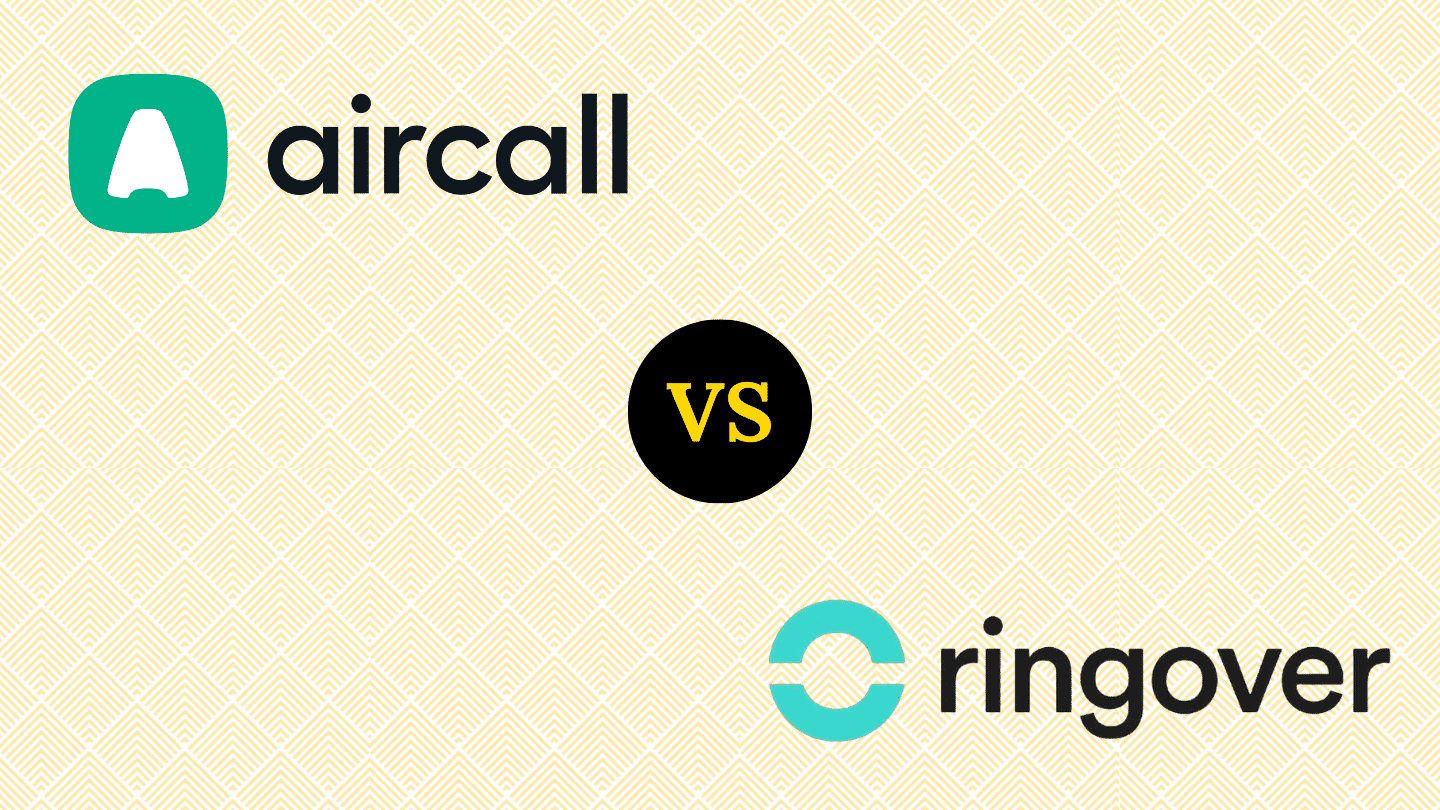cold calling, which is essential in B2B, is a step that requires preparation and method. The way you handle your calls with prospects has a decisive impact on your sales effectiveness. In this article, we offer you 9 tips (in the form of steps) to be more efficient in your cold calling and generate more sales.
Sommaire
#1 Make sure you have a decision maker behind the wire
To start with, you need to make sure you are talking to the right person. Is the person behind the wire the one who is most likely to understand the nature and value of your product? Does he or she have sufficient decision-making power within the company? There is no point in wasting time talking to someone who has no say in the sales process.
Also consider asking your prospect if he or she is the only decision-maker in the company or if there are several people who may be involved in the buying decision. It is more difficult to close a sale when you have to convince several decision-makers in the organisation.
If you want to become more effective in your cold calling, you need to address these issues at the beginning of your conversation.
To give yourself the best chance of convincing your prospect, adopt a friendly tone and highlight the solutions your product/service provides to the problems encountered by the company.
#2 Make your prospect aware of the problem
This is one of the most important points. You need to be able to identify the specific problems faced by the person you are talking to, by asking them the right questions and by being attentive to their answers and behaviour. The idea is not only to become aware of your prospect’s needs but also, and above all, to make your prospect aware of the problems he or she faces. It is easier to convince a prospect of the interest of your product if you first succeed in convincing him that he is facing a problem that needs to be solved.
With this in mind, ask your prospect for all the necessary information about the company, its activity, its context, current projects and of course current problems. Make sure you ask questions that call for the answers you want your prospect to give, i.e. answers such as: “I don’t know how to deal with this problem”, “I’ve never had to deal with this type of problem”, “I’ve never had to do this in the past”, etc. If you get an answer like this from your prospect, you’ve clearly scored points. It is then up to you to show that you are the right man or woman for the job, and that you have the solution to your prospect’s problem.
Discover 20 high potential lead generation techniques.
#3 Show the gain from solving the problem
Before you can make your prospect understand that you have the solution to the problem he or she has just become aware of, you must show him or her how important it is to solve it. You need to emphasise the real problem side of your prospect’s problem (so to speak), but above all you need to show them all the benefits they could gain from solving it. Between the awareness of a problem and the decision to solve it, there is sometimes a distance that you need to reduce, and even eliminate.
How can you do this? We advise you to use the weapon of storytelling. Tell your prospect about an experience you had with one of your clients or in your personal life that resonates with your prospect’s problem. Tell an experience that shows the inconvenience and difficulties that resulted from not solving the problem.
#4 Create a state of emergency
You need to go further: not only convince your prospect that their problem needs to be tackled and solved, but that it needs to be solved quickly. Explain, for example, that your prospect is losing hundreds (thousands, tens of thousands…) of euros every day (week…) by allowing the problem to persist. Your pitch should be based on the elements you know about the company. The more personalised and tailor-made your sales pitch is, the more likely you are to convince your prospect and convert him into a customer. If you can provide the prospect with concrete data and figures on what their company is losing by not solving the problem, you will clearly score points.
Talk to your prospect about what their competitors are doing and the risk they run if they don’t change their ways. You need to convince your prospect to act as soon as possible.
#5 Present your offer
Only when all the previous tips have been applied can you start presenting your offer, product or service. One of the secrets of successful cold calling is never to start your sales pitch before you have made your prospect aware that he or she has an urgent problem to solve. Your offer is a response to needs. If these needs (and their importance) are not clear in the prospect’s mind, you will have little chance of closing the sale. Following this chronological order will also allow you to present your offer in a more powerful and personalised way, emphasising the benefits that resonate with the prospect’s problems.
Some advice at this stage:
- Do not oversell your product.
- Avoid going into too much detail (so as not to confuse the prospect).
- Make sure as you go through your presentation that your prospect understands what you are telling them. Ask them what they think, if they have any questions, if there are any points that are unclear. If the person on the other end of the phone only responds with “OK”, “OK” or “Yes, that sounds interesting”, this is not necessarily a good sign. Chances are they have not fully understood the value of your product.
#6 Emphasise the value of your offer to the prospect
You should emphasise the concrete (and if possible quantified) benefits of your offer’s features, rather than its characteristics. Once you have presented your offer, make a short summary. Put the prospect’s problem back at the centre of the discussion and put it in perspective with the offer you have just presented. It’s not just about showing how your product or service is beneficial to the prospect, but more importantly how it is beneficial to them, given their very specific and concrete problem. Again, don’t hesitate to use storytelling, using analogies or real or realistic examples.
Discover the complete guide to lead qualification.
#7 Try to close the sale
You will learn nothing by remembering that the objective of cold calling is to turn prospects into customers. Once all the above steps have been completed, it is time to try to close the sale. Some tips for this step:
- Explain that different partnership formats are possible. Describe them in detail.
- Present your different offers and their respective prices, starting with the basic offer, then the intermediate offer and finally the most complete offer.
- Advise the prospect on the offer that you think is most suitable for them. In general, it is advisable to direct the prospect to the intermediate offer.
#8 Listen to objections (and rebut them)
Almost inevitably, at the time of closing the sale, the prospect will object. This is when all the doubts, fears and budgetary constraints come to light and are expressed by the prospect. You must listen to these objections and take the time to provide relevant answers. To be effective, create a document beforehand listing all possible objections, with their rebuttal. This will allow you to easily counter all objections during your calls. It is not necessarily a question of proving the objections unfounded (this is not always possible anyway), but of putting them into perspective.
Find out how to build a lead scoring strategy.
#9 Close the sale or schedule a new meeting
You have answered all the objections expressed by the prospect. Now it’s time to renew your attempt to close the sale. If you feel that the prospect is not yet ready to sign, the best solution is to propose another meeting and schedule it (day, time slot). Invite the prospect to do the necessary research on their own and prepare their questions for the second meeting. Be frank with the prospect and politely say that next time you want the interview to be either a “yes” or a “no”.
This 9-step cold calling process is both simple and effective. We hope it will help you close more sales!






